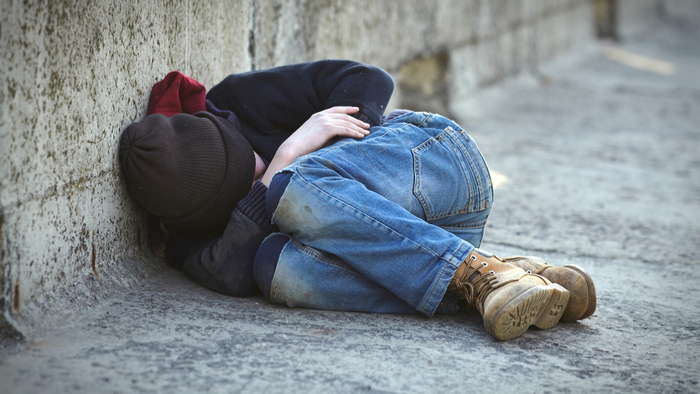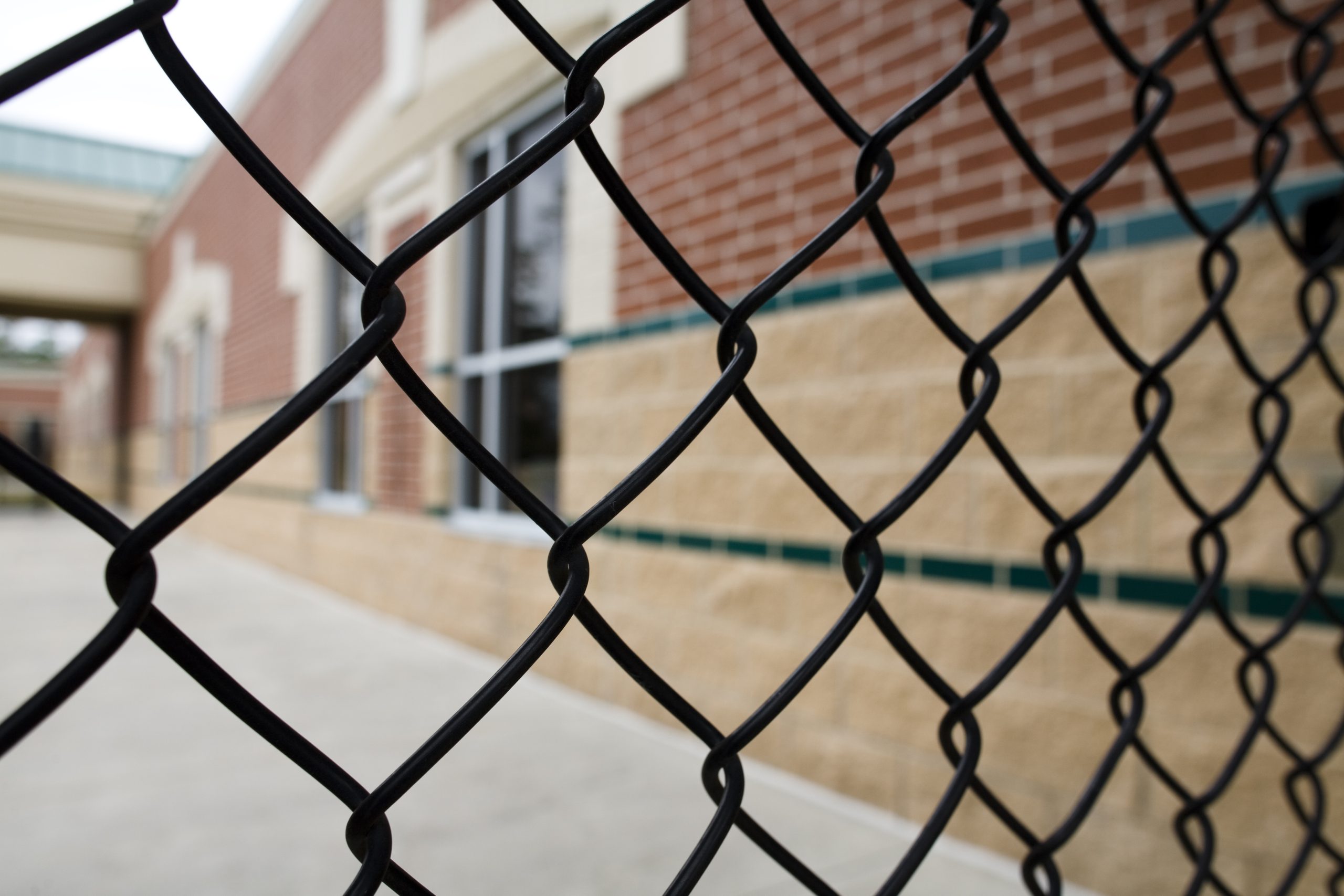Homelessness is rising among public school students in large cities across the country, and the impacts of homelessness on a student’s educational outcomes persist even after they are sheltered, according to a recent working paper from University of Southern California researchers.
Using nine years of student-level administrative data to examine how homelessness affects students’ mathematics and attendance outcomes within the Los Angeles Unified School District, the report, Growing up Homeless: Student Homelessness and Educational Outcomes in Los Angeles, found children who experience homelessness between fourth and eighth grades miss nearly six additional days of school by the end of eighth grade. These students also score 0.13 standard deviations lower on math tests.
“Overall, our findings highlight the negative impacts of housing instability on [students] and suggest the importance of early identification of students experiencing homelessness (which, in education, includes doubling up) and the need for more supports even after they become housed,” Soledad De Gregorio, one of the study’s authors, said in a Twitter thread. “The results are important because homelessness is most likely rising with the COVID-19 pandemic, and the impacts will be long lasting. We must help enroll missing students, quickly identify students experiencing [homelessness] and provide them with the resources and supports needed.”
De Gregorio, a postdoctoral scholar at the USC Sol Price School of Public Policy, found that effects are larger in the year students experience homelessness, but that they endure even once students are housed.
Both transitory (1 or 2 years) and persistent (3 or more years) homelessness are associated with negative effects on math achievement and attendance, but the effects are actually larger for students who experience transitory homelessness. Initial research suggests that students who experience homelessness for longer periods of time develop coping mechanisms or have more time to be identified and supported by schools, which help mitigate the negative impacts of homelessness on outcomes.
Homelessness has been steadily rising in major cities across the United States, with children under 18 comprising nearly a quarter of the homeless population. The economic fallout of the COVID-19 pandemic is expected to result in more families facing homelessness, especially as eviction moratoriums begin to lift.
Yet, even before the pandemic, large urban school districts across the country were finding the identification of homeless youth — defined under the federal McKinney-Vento Homeless Assistance Act as living in a shelter, motel, car, campsite, on the street or doubled up in another family’s home due to loss of housing or economic hardship — a challenge.
California schools undercounted their homeless students by at least 37 percent in 2017–18, according to a 2019 state audit. Providing those students — whose numbers surged nationally to 1.5 million in the 2016–17 school year — with transportation, counseling, connections to social services and other benefits they are entitled to under state and federal law can also prove difficult.
Doing so is not only required under law, but crucial for student success, according to this latest working paper. And continuing with services even after a student is sheltered can be beneficial. Researchers found that educational supports that continue after exiting homelessness can help mitigate the short-term impacts faster, with likely effects on long-term impacts as well.
Districts can flag homeless students to follow their progress even after they are housed and identify whether students need special supports. Additionally, as homeless students have higher rates of school mobility than their peers, schools and districts can work together as students transition from one campus to another. Communication between schools and districts can allow for quicker identification of students as currently homeless or having exited homelessness so that they can continue receiving supports.
For more on addressing the needs of homeless students, see the summer issue of California Schools: “Where they call home: The reinvigorated effort to identify and serve homeless students”





